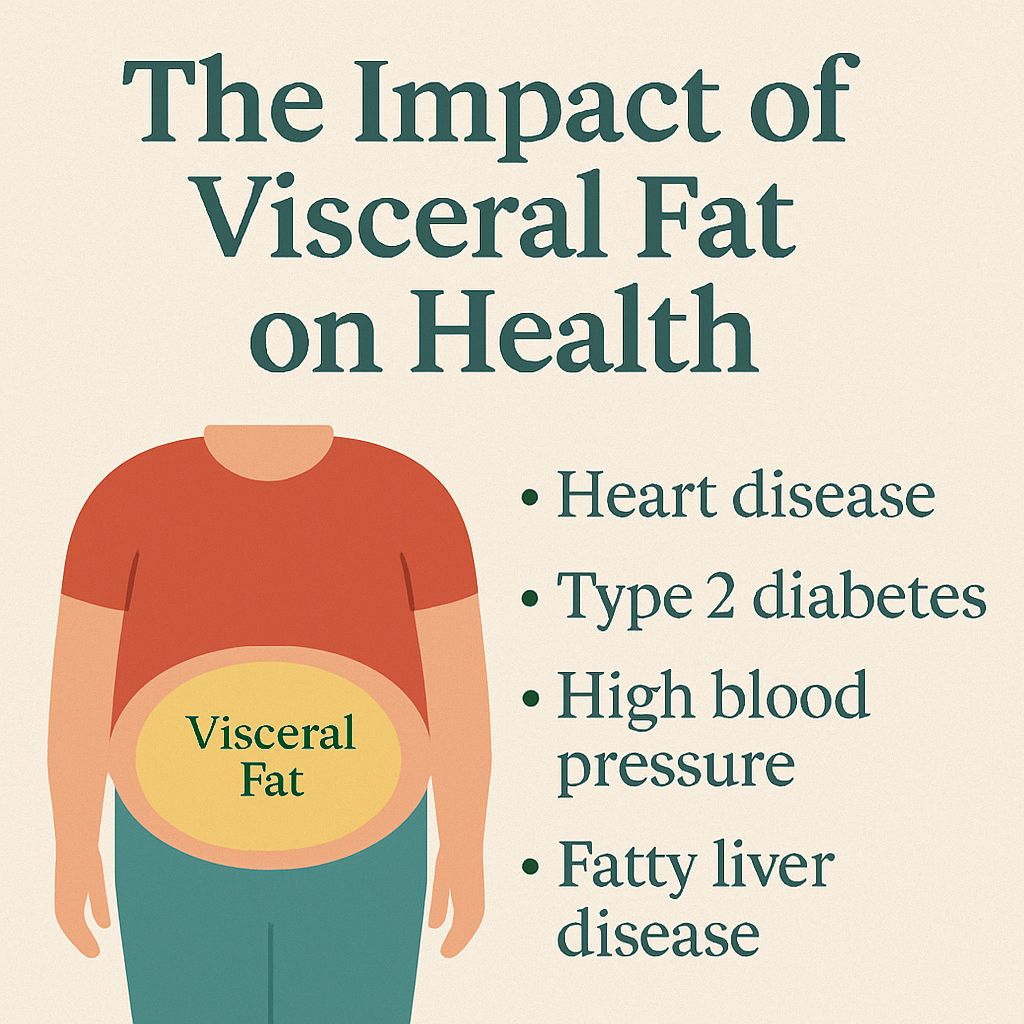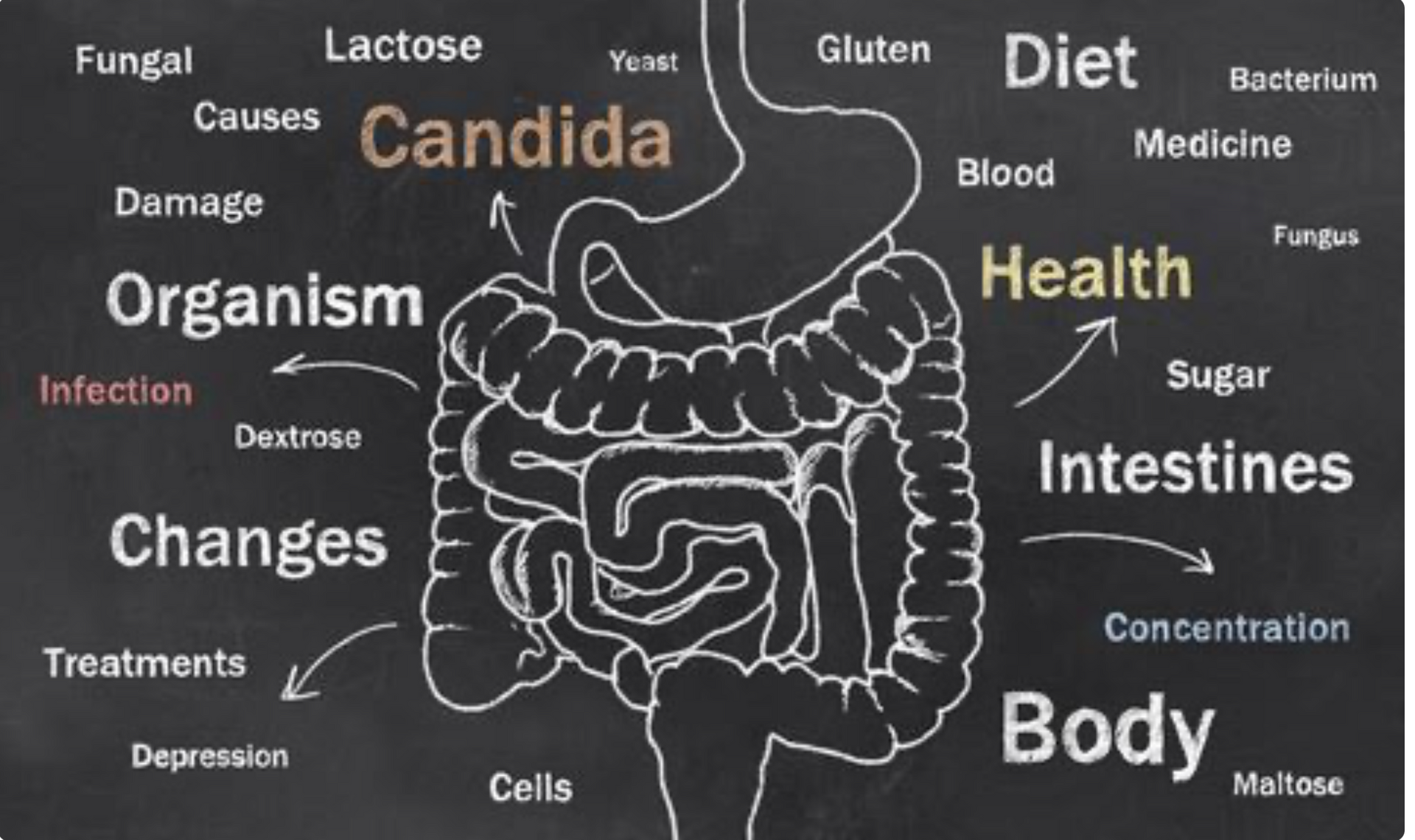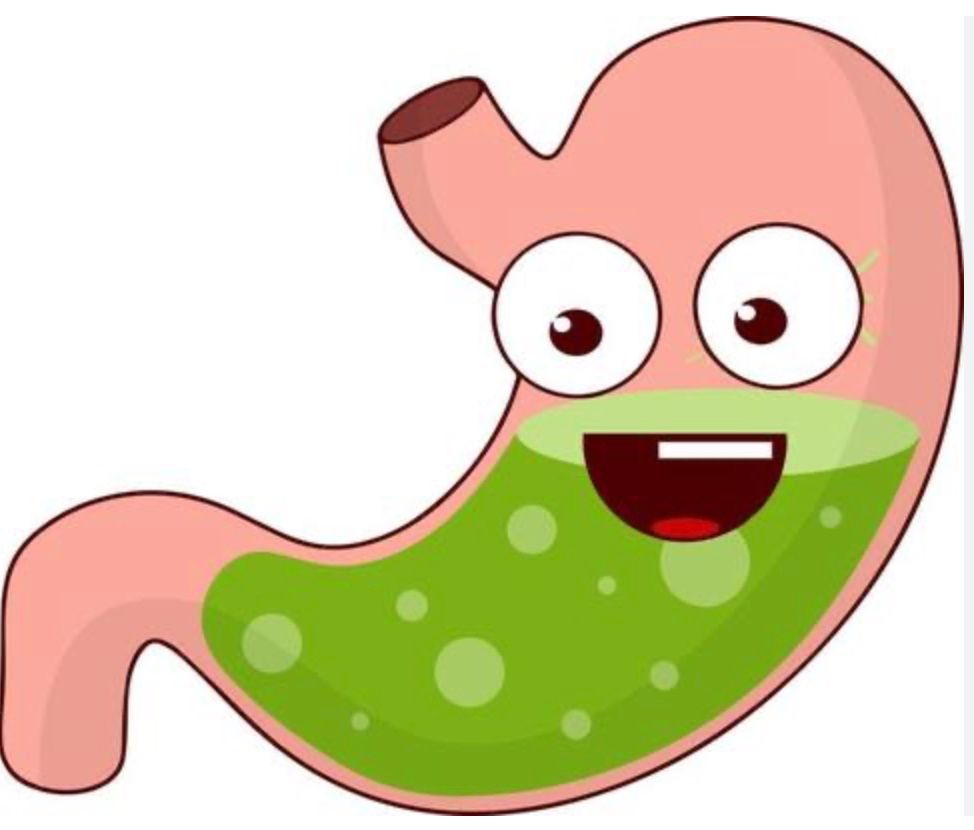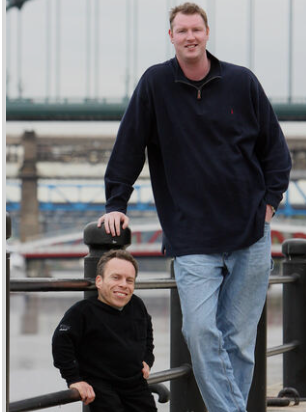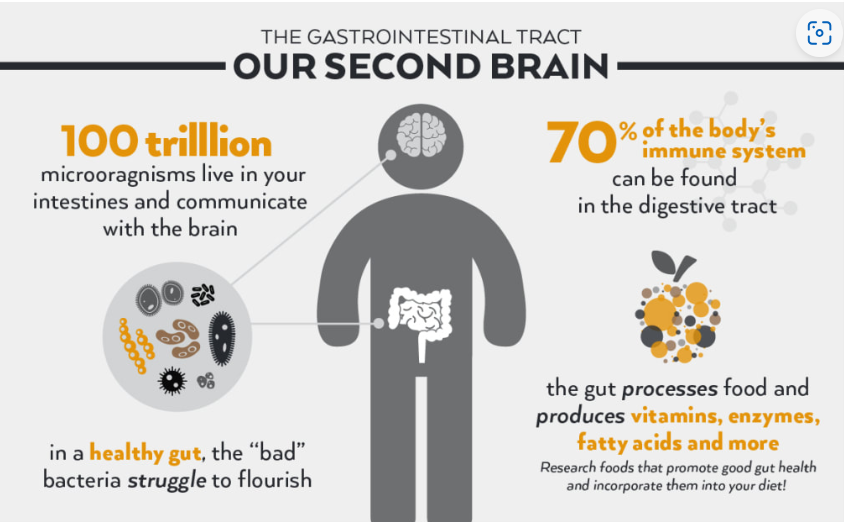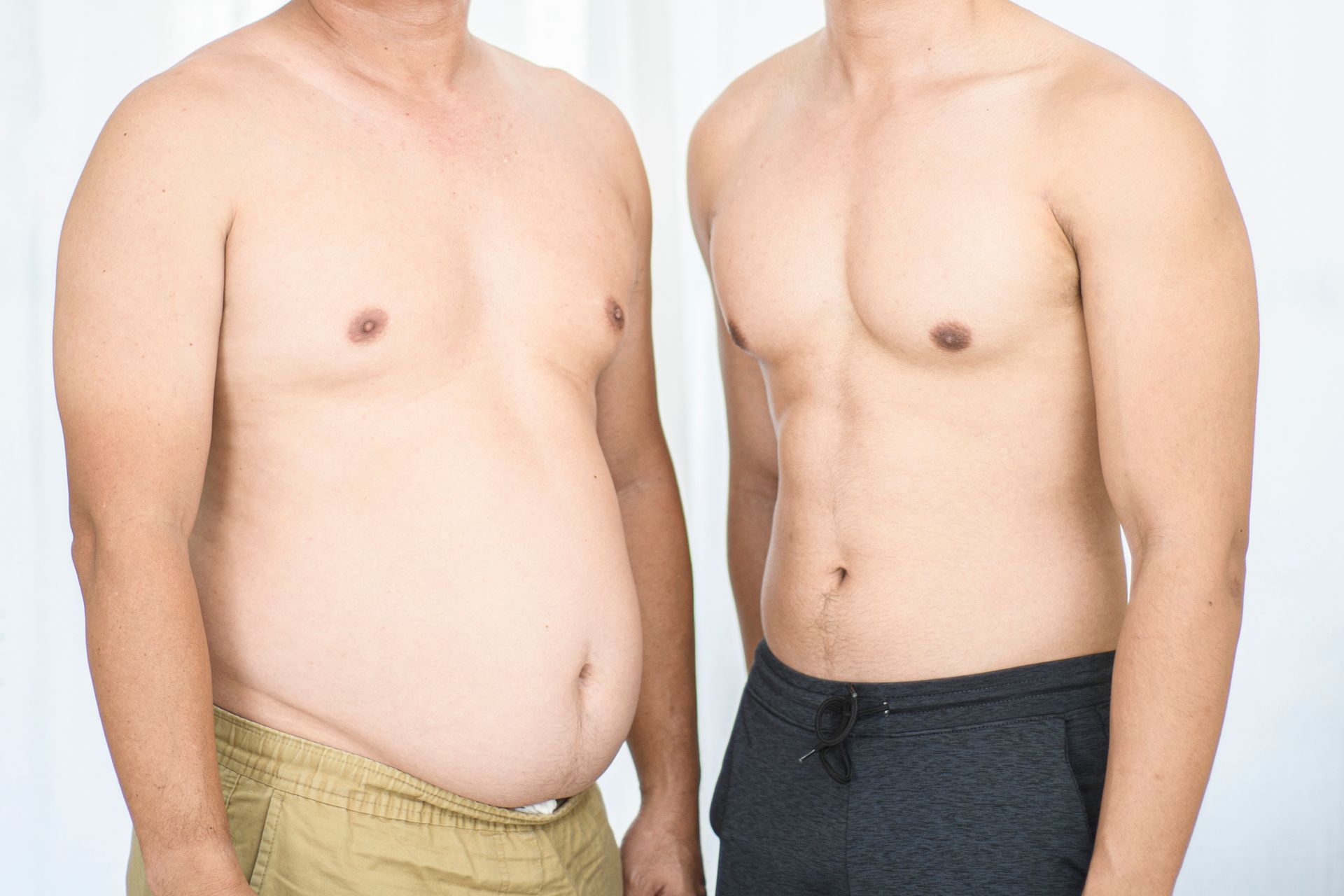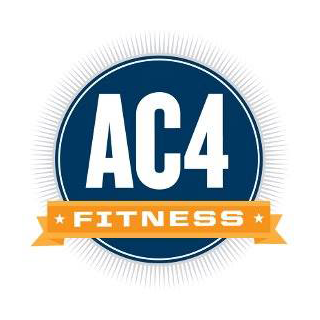Concerned about osteopenia or osteoporosis? How dieting, salads and toast, led to the rise of osteoporosis.
A Brief History of Calorie Cutting, Meat Avoidance After WWII and Its Ramifications on Women’s Health.
After World War II, the world experienced not just economic and political shifts, but also changes in how people thought about food. Rationing had made calorie conservation a necessity during the war, but even after supplies improved, the cultural emphasis on “light” eating lingered — particularly for women.
After World War II, women’s eating habits didn’t just change — they were reshaped by a powerful mix of fashion, marketing, and lingering wartime scarcity mindsets. Calorie cutting became the new standard for “watching your figure,” and nutrient-dense foods like meat, eggs, and dairy were often sidelined in favor of lighter, lower-calorie meals.
While these shifts aligned with the emerging beauty ideal of a slender, delicate silhouette, they had an unintended consequence: lower intakes of the protein, calcium, and micronutrients essential for strong bones. Meat was framed as “masculine,” and women were encouraged to choose salads and toast over hearty, balanced meals. At the same time, sedentary lifestyles became more common, reducing the bone-strengthening effects of weight-bearing activity.
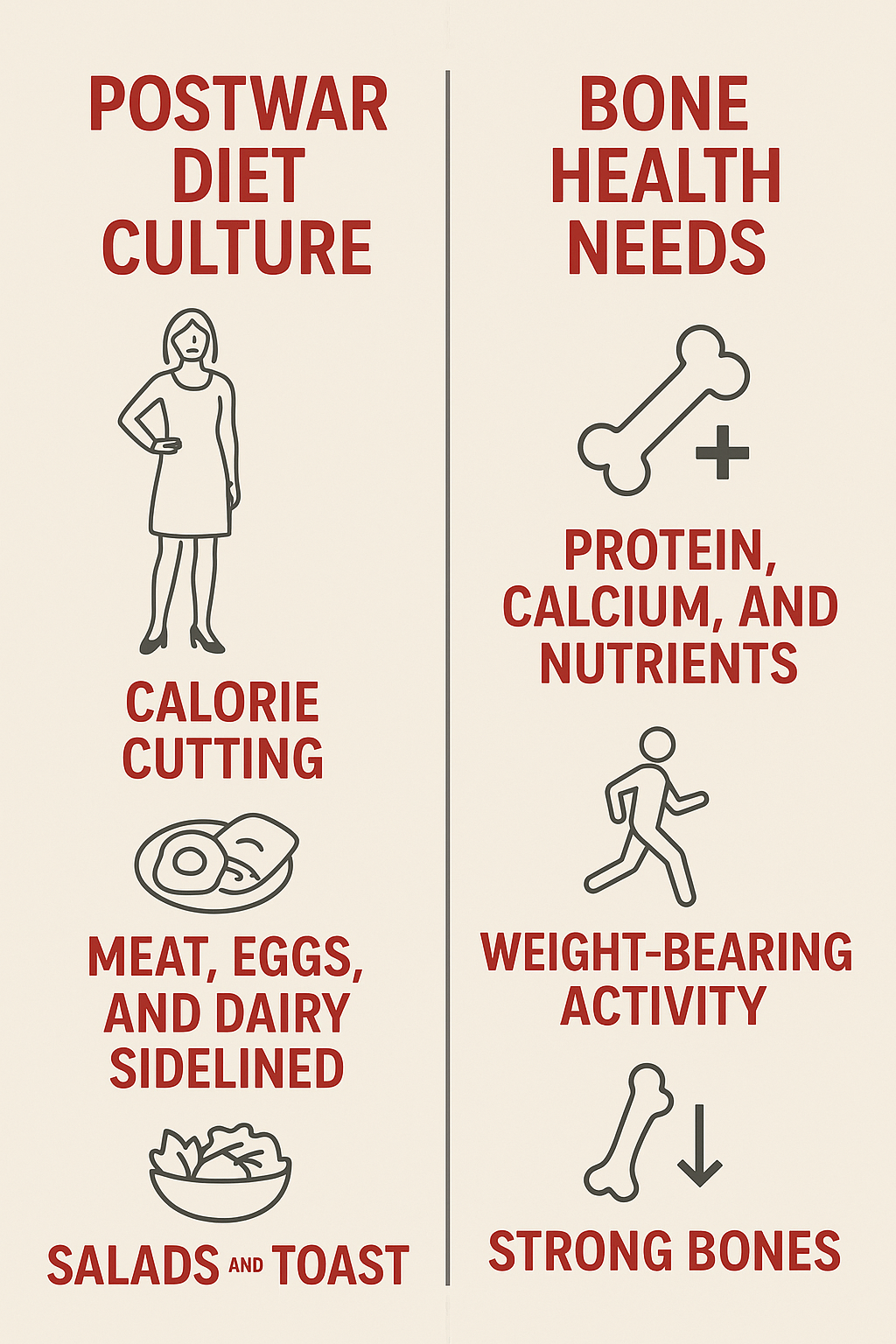
This cultural framing influenced diets for decades, shaping everything from portion sizes to the rise of “diet foods” in the 1950s and beyond. The postwar period left a lasting mark on how food, femininity, and health were perceived, as well as a new health challenge for women in particular – osteoporosis.
The Rise in Osteoporosis
While osteoporosis was not unheard of, it was rare pre-WWII. Osteoporosis in women began to rise noticeably in the mid-20th century, particularly from the 1950s onward, but for different reasons than people sometimes assume.
Before then, fractures in older women certainly occurred, but they were less frequent. Also, life expectancy was shorter — meaning fewer women lived into the high-risk postmenopausal years. Several factors contributed to the post-1950s increase; most having to do with changes in eating habits and food choices;
- Dietary changes – The post–WWII push toward calorie cutting and “slim” ideals often meant lower protein, calcium, and nutrient intake for women.
- Lower physical activity – More sedentary lifestyles reduced bone-strengthening load-bearing exercise.
- Hormonal factors – Longer life spans after menopause meant more years without estrogen’s bone-protective effects.
- Shift in eating patterns – Reduced dairy intake in some groups, combined with the cultural move away from “heavy” foods like meat, affected bone health over time.
By the 1970s and 1980s, osteoporosis was being recognized as a major women’s health issue, leading to public awareness campaigns and research into prevention.
Bone health is built over decades—not just in old age. The habits women formed in their 20s, 30s, and 40s after WWII—shaped by restrictive diet culture and outdated gender norms—played a major role in today’s osteoporosis trends. Strong bones aren’t only about preventing fractures later in life; they’re about giving your body the right nourishment at every stage.
Unfortunately, the continued demonization of meat hasn’t helped. All forms of animal protein—including red meat—provide the amino acids your body needs to build every single cell, not just bone. Calcium supplements alone won’t do much if your diet lacks the protein that works synergistically to make bones stronger. Yet, many people I meet are eating far too little protein of any kind.
So, it’s time to eat—ladies and gentlemen! Enjoy a juicy rib-eye, roast a chicken, savor some fresh-caught fish. Get enough protein, and you’ll likely see not only stronger bones, but also healthier hair, nails, skin, and energy levels. Give your body what it needs now, and osteopenia and osteoporosis can be left in the rearview mirror.

